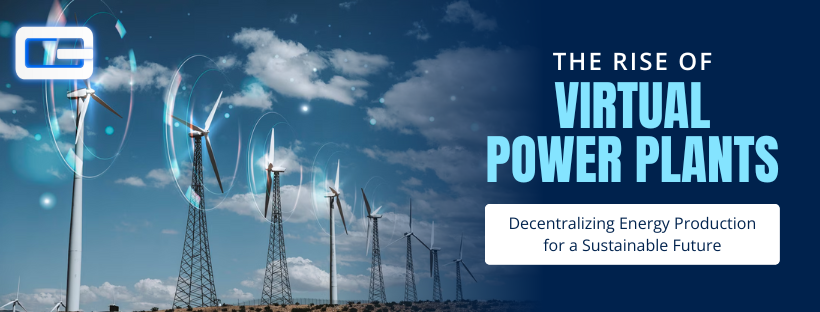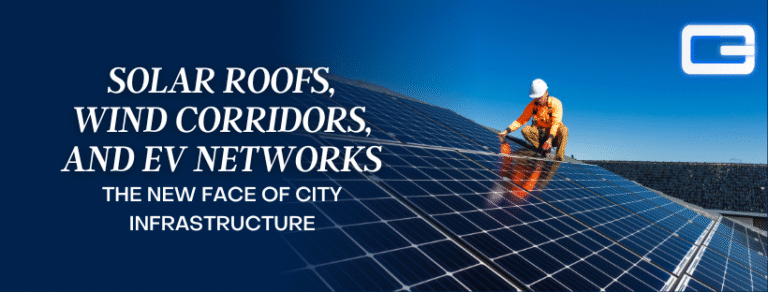As the world shifts toward renewable energy, the way we generate, distribute, and consume electricity is undergoing a massive transformation. One of the most exciting innovations leading this change is the Virtual Power Plant (VPP)—a decentralized energy system that combines smaller, distributed energy resources into one unified network. By doing so, VPPs are not only reshaping the traditional power grid but also paving the way for a cleaner and more resilient energy future.
What Is a Virtual Power Plant?
A Virtual Power Plant is a network of decentralized energy-producing units—such as solar panels, wind turbines, battery storage systems, and even electric vehicles—that are connected through advanced software. Instead of relying solely on large, centralized power stations, VPPs use digital platforms and artificial intelligence to balance supply and demand in real time.
This innovative system transforms thousands of smaller energy assets into a single, flexible power source that can support the grid, reduce costs, and cut carbon emissions.
Why VPPs Matter for Sustainability
Traditional power plants are heavily dependent on fossil fuels, making them significant contributors to greenhouse gas emissions. In contrast, VPPs integrate renewable energy sources like solar and wind, which are inherently cleaner. By pooling these resources, they maximize efficiency and reduce reliance on non-renewable fuels.
Keywords like decentralized energy production and renewable energy integration are central to understanding why VPPs are vital. They make it possible to tap into unused or underutilized energy resources in local communities, reducing energy waste and lowering the overall carbon footprint.
Benefits of Virtual Power Plants
Grid Stability: VPPs can quickly respond to fluctuations in energy demand, making the grid more reliable.
Cost Savings: By optimizing local resources, VPPs reduce the need for expensive infrastructure upgrades.
Energy Independence: Communities can generate and store their own power, reducing dependency on centralized utilities.
Flexibility: With battery storage and smart grid technology, VPPs provide backup energy during outages or peak times.
How Virtual Power Plants Empower Consumers
One of the most significant impacts of VPPs is how they change the role of consumers. Through technologies like smart meters and home energy storage systems, households can actively participate in energy markets. For example, a homeowner with rooftop solar panels can feed excess energy back into the VPP, earning income while supporting the community’s power supply.
This participatory model fosters greater awareness of energy consumption and encourages sustainable living.
Challenges and the Road Ahead
Despite their potential, VPPs face challenges such as regulatory barriers, the need for advanced cybersecurity, and the high cost of initial setup. However, as technology advances and global demand for clean energy grows, these barriers are gradually being overcome. Governments and energy companies are already investing in pilot projects, signaling that VPPs are set to play a critical role in the future of sustainable energy production.
Conclusion
The rise of Virtual Power Plants marks a turning point in how we think about energy. By decentralizing energy production and empowering local communities, VPPs promise a more sustainable, reliable, and efficient future. As adoption increases, they will help accelerate the transition toward a world powered by renewable energy—bringing us closer to global climate goals.




